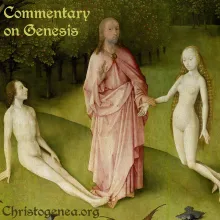Martin Luther in Life and Death, Part 14: Luther at Worms

Martin Luther in Life and Death, Part 14: Luther at Worms
Not all historians have all the facts, or think that all of the facts which they do have may be important enough to include in any particular narrative. It is probably impossible to get every detail and angle of any story into a single historical account, as that may require so many digressions that it is easy to wander so far from the central narrative so as to never return. As exhaustive as our source volume is for the account of the Reformation in Germany, there are some things which it overlooks, and we may not ever realize most of what it misses. So we can never presume to know everything about any historic event, because we can always be blindsided by some new discovery or revelation, which someone else may even have known and written about much earlier. But with multiple witnesses and well-cited sources, we can be confident with what things we do know. Examining history, both humility and discernment are important qualities to develop.

 Frederick III of the House of Wettin, who also known as Frederick the Wise, was the Elector of Saxony and Landgrave of Thuringia and, upon the death of Maximilian I, he was also the preferred choice to become emperor by the de Medici Pope Leo X. However Frederick chose instead to support the efforts of Charles V in his bid to become emperor, and Frederick was instrumental in assuring his election. Martin Luther had long been a friend and correspondent of George Spalatin. Like Luther, Spalatin was a priest, and he was also one of the young humanists at the University of Erfurt who were under the tutelage and leadership of the Catholic prebendary and famous humanist, Conrad Mutianus, whom we had discussed at length in the earlier presentations of this subject. It was Mutianus, or Mutian, who had introduced Spalatin to Frederick, and in 1509 Spalatin became Frederick's librarian, but quickly rose to the position of court chaplain and secretary. Spalatin was with Frederick at the election of Charles V, during his coronation, and also at the Diets of Augsburg in 1518, and of Worms in 1521, where Luther faced trial. During the years from his time at Erfurt and up to this time approaching the Diet of Worms, Spalatin had always urged Luther to caution. But he nevertheless supported Luther even after Luther failed to heed his advice.
Frederick III of the House of Wettin, who also known as Frederick the Wise, was the Elector of Saxony and Landgrave of Thuringia and, upon the death of Maximilian I, he was also the preferred choice to become emperor by the de Medici Pope Leo X. However Frederick chose instead to support the efforts of Charles V in his bid to become emperor, and Frederick was instrumental in assuring his election. Martin Luther had long been a friend and correspondent of George Spalatin. Like Luther, Spalatin was a priest, and he was also one of the young humanists at the University of Erfurt who were under the tutelage and leadership of the Catholic prebendary and famous humanist, Conrad Mutianus, whom we had discussed at length in the earlier presentations of this subject. It was Mutianus, or Mutian, who had introduced Spalatin to Frederick, and in 1509 Spalatin became Frederick's librarian, but quickly rose to the position of court chaplain and secretary. Spalatin was with Frederick at the election of Charles V, during his coronation, and also at the Diets of Augsburg in 1518, and of Worms in 1521, where Luther faced trial. During the years from his time at Erfurt and up to this time approaching the Diet of Worms, Spalatin had always urged Luther to caution. But he nevertheless supported Luther even after Luther failed to heed his advice.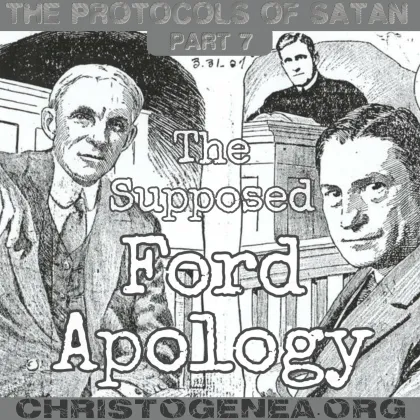
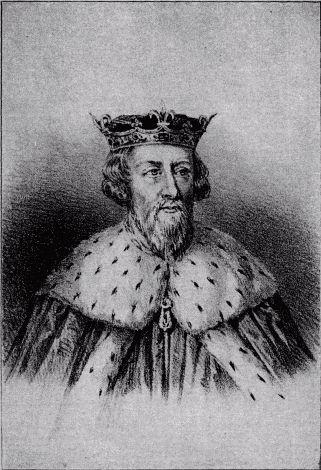
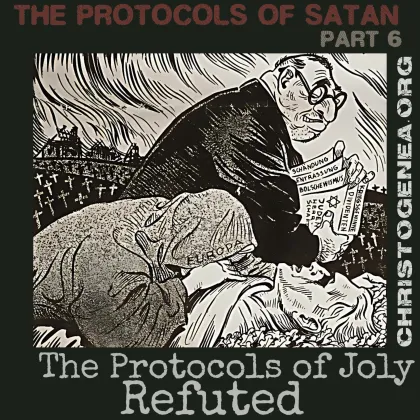

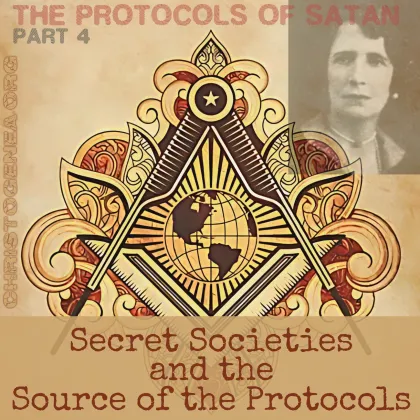
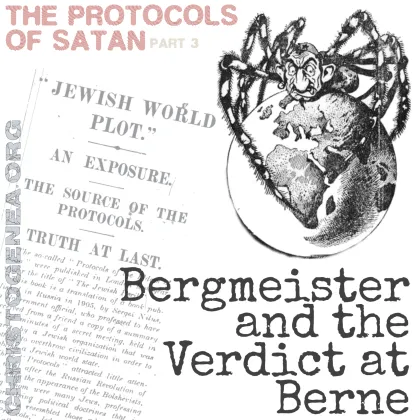
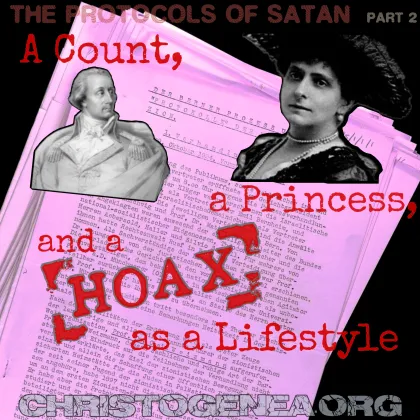

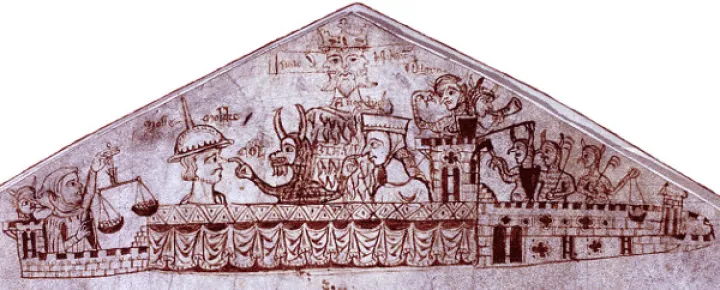
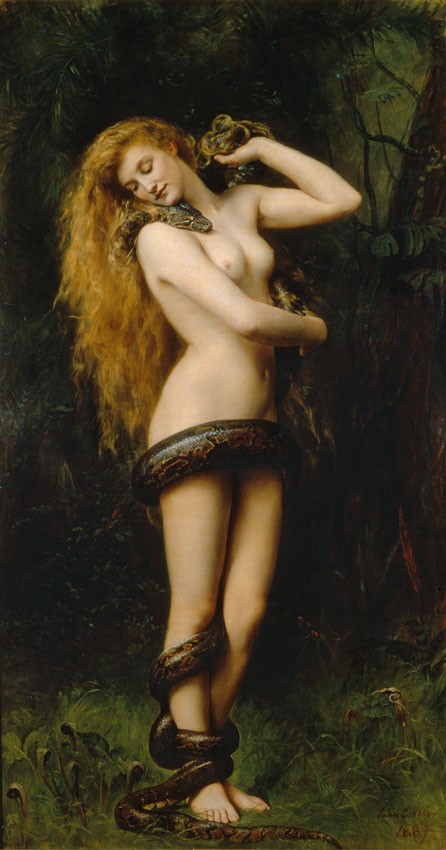




 Please click here for our mailing list sign-up page.
Please click here for our mailing list sign-up page.



